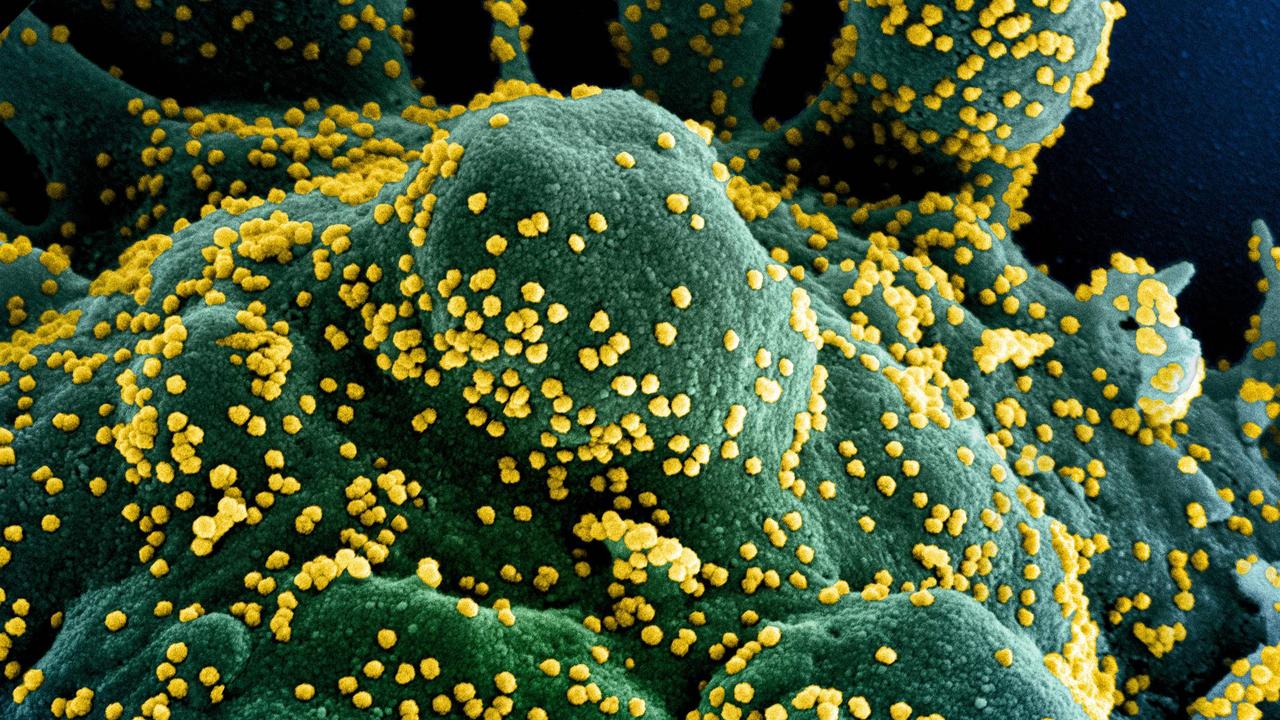Victoria coronavirus: How the virus spread through public housing
Multiple studies have demonstrated the “explosive potential” of coronavirus to rip through Melbourne’s high-density public housing towers.
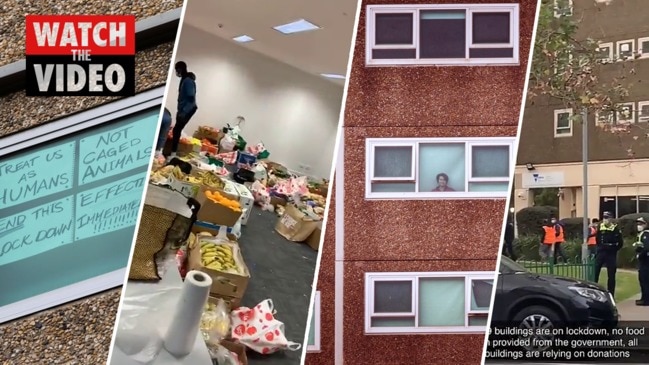
They’ve been deemed “vertical cruise ships” with “explosive potential” to spread the coronavirus – and now studies from scientists and researchers around the world have demonstrated just how easily COVID-19 can rip through high-density public housing.
Nine north Melbourne public housing towers are in their fifth day of a “hard lockdown”, introduced because of fears the blocks – home to hundreds of residents – and their shared facilities made physical distancing near impossible.
“When you get very dense housing, it becomes very hard to physically distance and stop any spread,” director of the Doherty Institute and leading infectious diseases expert Sharon Lewin told ABC Radio Melbourne.
Melissa Whelan, a resident of one of the locked down Racecourse Rd buildings in Flemington, told the ABC it was “inevitable” the virus would spread in her block.
“We’ve got communal laundries, drying rooms and chutes for rubbish. There’s no hand sanitiser near any of those,” she said.
“Our lifts only hold – if we follow social distancing instructions – two people at a time. There’s 180 apartments in every building, nine flats in every floor.
“There was no way we were going to be able to go through this without the outbreak hitting the flats.”
“Those towers have a large concentration of people in a small area,” Australia’s acting chief medical officer Paul Kelly said on Sunday.
“They are vertical cruise ships, in a way. And so we have to take particular notice and particular attention to make sure that the spread is minimised and that people are protected.”
RELATED: Follow the latest coronavirus updates
RELATED: Left to ‘starve’ with four sausage rolls
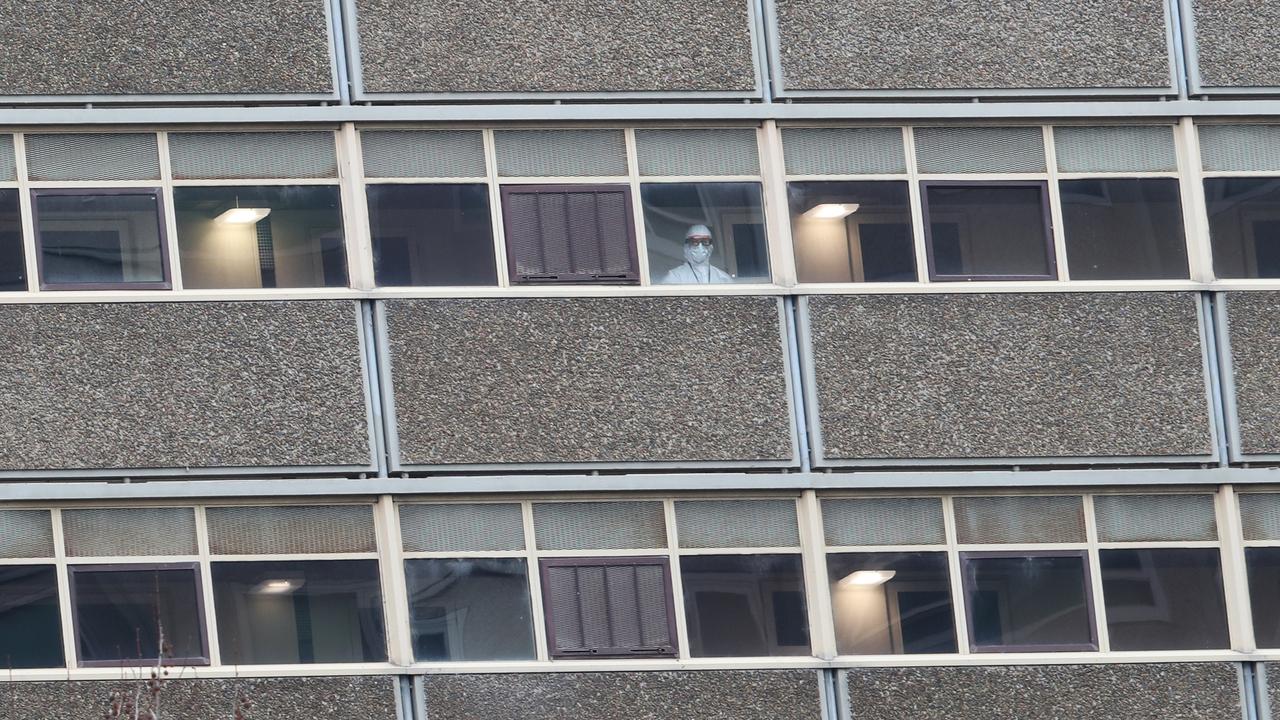
Since being locked down, 75 cases of coronavirus have been detected among the towers’ roughly 3000 residents.
And according to a number of international virus studies, considerations of how COVID-19 spreads in such a densely populated living environment may be different.
An examination by Korea’s Centres for Disease Control and Prevention (CDC) of a March outbreak at a South Korean call centre showed COVID-19 spread mostly to people sitting in the same area.
Of the 97 cases from the outbreak, 94 worked on the same floor – and almost half of all people (43.5 per cent) working on the same level later tested positive for coronavirus.
“This outbreak shows alarmingly that SARS-CoV-2 can be exceptionally contagious in crowded office settings such as a call centre,” the authors wrote.
“The magnitude of the outbreak illustrates how a high-density work environment can become a high-risk site for the spread of COVID-19 and potentially a source of further transmission.”
Despite interacting with workers on other levels of the building in the elevators and lobby, the researchers wrote the spread of the centre’s outbreak “was limited almost exclusively to the 11th floor, which indicates that the duration of interaction (or contact) was likely the main facilitator for further spreading of SARS-CoV-2.”
RELATED: Why Victoria can’t get virus under control
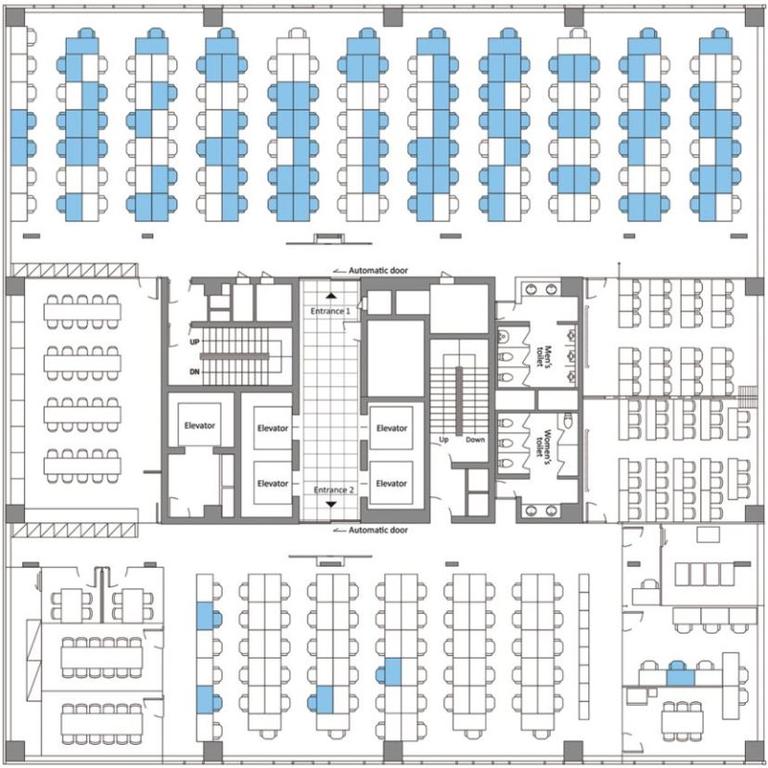
Direction of air flow also plays a vital role to how COVID-19 spreads, a Chinese study of a restaurant outbreak demonstrated.
Only diners on one side of the restaurant – where the air was being blown by an air conditioner – were infected with COVID-19, the researchers found. Those close to the infected diner, however, didn’t contract the virus, highlighting the role air flow plays in coronavirus transmission.
“From our examination of the potential routes of transmission, we concluded that the most likely cause of this outbreak was droplet transmission,” the authors wrote.
But, they said, “virus transmission in this outbreak cannot be explained by droplet transmission alone. Larger respiratory droplets remain in the air for only a short time and travel only short distances, generally less than one metre”.
“The distances between patient A1 and persons at other tables, especially those at table C, were all greater than one metre.
“However, strong airflow from the air conditioner could have propagated droplets from table C to table A, then to table B, and then back to table C.”
RELATED: Victoria’s ‘perfect storm’ could spread
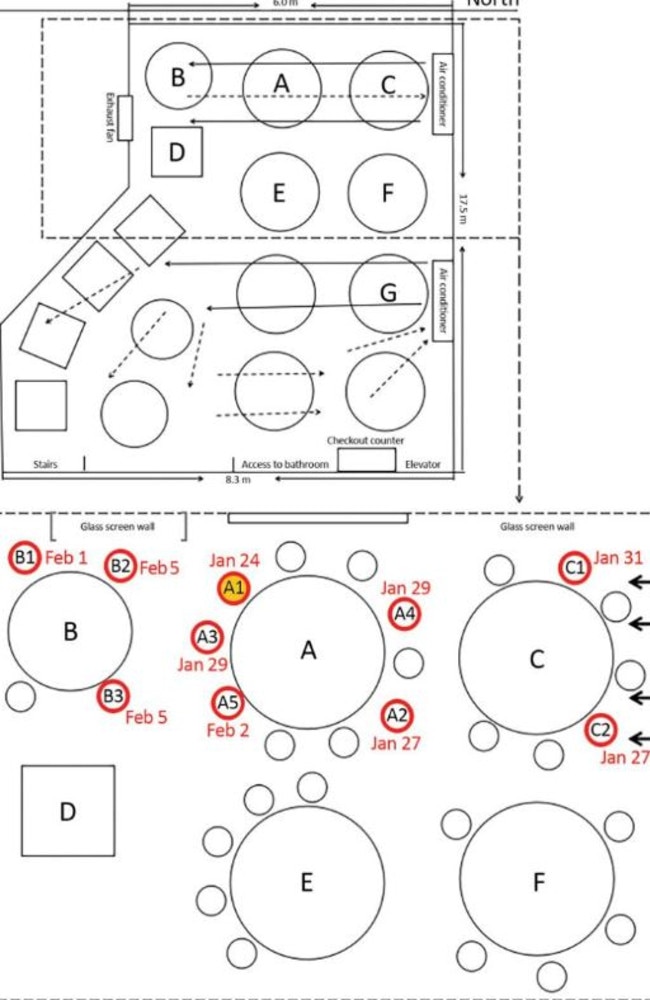
While the most likely way COVID-19 will spread through Melbourne’s towers is via shared spaces – like elevators, laundries and staircases – Queensland University of Technology professor Lidia Morawska told ABC air flow could also play a role.
“When we breathe, when we speak, when we cough, we exhale large volumes of aerosols, and if we’re sick, those aerosols contain the virus,” she explained.
“They’re small and light enough that they can stay suspended in the air for prolonged periods of time, and be taken by currents of air flow from one apartment to another.”
Prof Morawska said modifications to the towers may be needed to ensure coronavirus can’t be transmitted via ventilation systems, especially when there aren’t any balconies and windows barely open.
If transmission through the towers’ ventilation is possible, she said confirming the source of the spread would be difficult.
“You would need to know what floors they were in, location in the building and detailed contact history to rule out simpler explanations for transmission, such as close contact (or) shared facilities,” Prof Morawska added.


